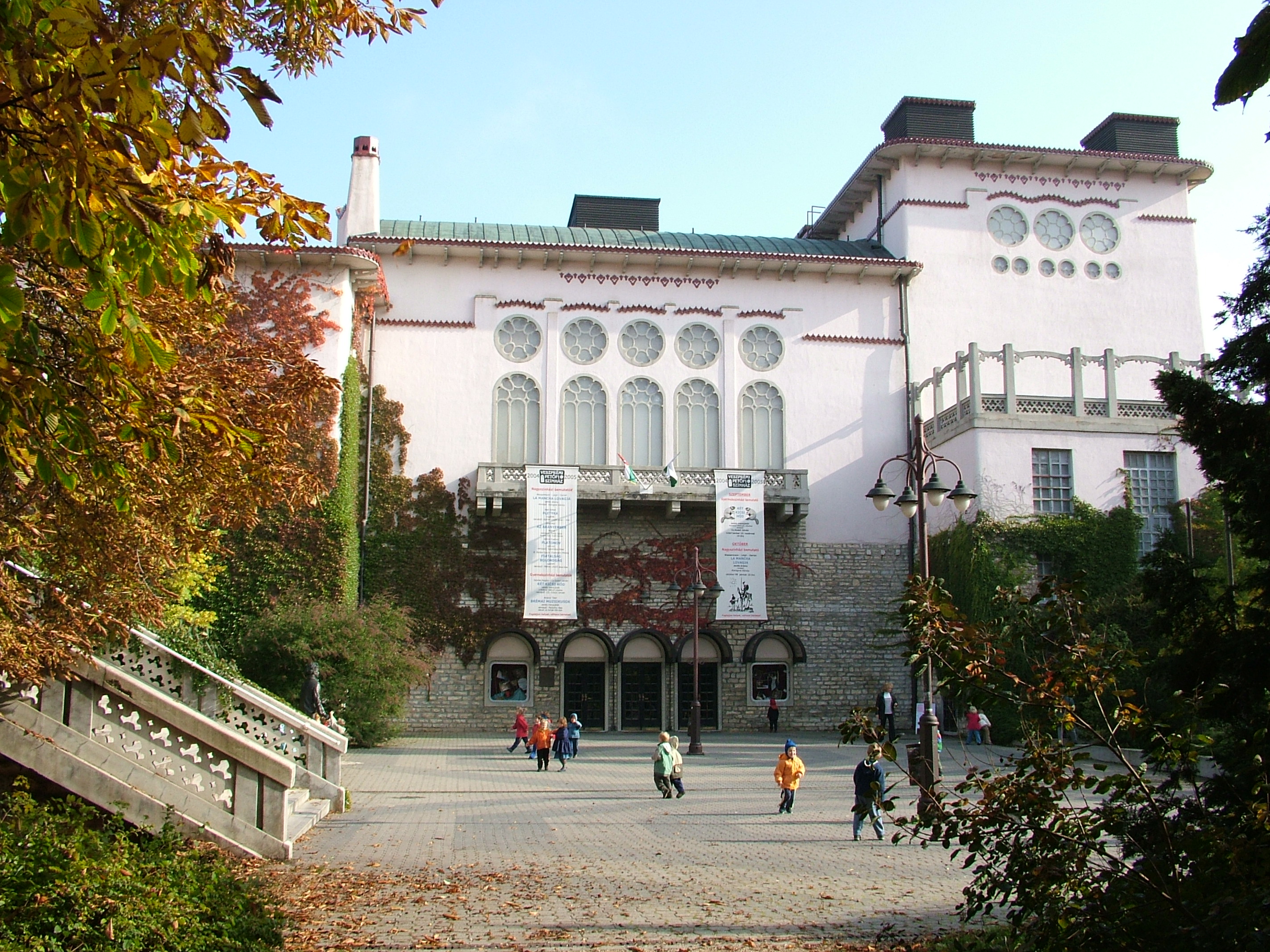István Medgyaszay on:
[Wikipedia]
[Google]
[Amazon]

 István Medgyaszay (born ''Benkó'') (23 August 1877 in
István Medgyaszay (born ''Benkó'') (23 August 1877 in
 István Medgyaszay (born ''Benkó'') (23 August 1877 in
István Medgyaszay (born ''Benkó'') (23 August 1877 in Budapest
Budapest (, ; ) is the capital and most populous city of Hungary. It is the ninth-largest city in the European Union by population within city limits and the second-largest city on the Danube river; the city has an estimated population ...
– 29 April 1959 in Budapest) was a Hungarian architect and writer.Medgyaszay IstvánHungarian Electronic Library The Hungarian Electronic Library ( hu, Magyar Elektronikus Könyvtár) is one of the most significant text-archives of the Hungarian Web space showcasing a variety of primary and secondary sources. Contains thousands of full-text works in the humani ...
, retrieved 13 May 2012 He was one of the first to employ Hungarian folk idioms, particularly from Transylvania
Transylvania ( ro, Ardeal or ; hu, Erdély; german: Siebenbürgen) is a historical and cultural region in Central Europe, encompassing central Romania. To the east and south its natural border is the Carpathian Mountains, and to the west the Ap ...
, and combine them with influences ranging from the far east to organic architecture
Organic architecture is a philosophy of architecture which promotes harmony between human habitation and the natural world. This is achieved through design approaches that aim to be sympathetic and well-integrated with a site, so buildings, furn ...
.
Medgyaszay studied at the Vienna Academy of Fine Arts (as a student of Otto Wagner
Otto Koloman Wagner (; 13 July 1841 – 11 April 1918) was an Austrian architect, furniture designer and urban planner. He was a leading member of the Vienna Secession movement of architecture, founded in 1897, and the broader Art Nouveau move ...
) and also at the Budapest Hungarian Academy of Fine Arts. He won the commission for the design of the national pantheon in 1903 and graduated the following year. After further studies abroad he returned home and began working on the combination of reinforced concrete technology with folkloric design elements. He also travelled to northern Africa
North Africa, or Northern Africa is a region encompassing the northern portion of the African continent. There is no singularly accepted scope for the region, and it is sometimes defined as stretching from the Atlantic shores of Mauritania in t ...
and India
India, officially the Republic of India (Hindi: ), is a country in South Asia. It is the seventh-largest country by area, the second-most populous country, and the most populous democracy in the world. Bounded by the Indian Ocean on the so ...
to study the architecture
Architecture is the art and technique of designing and building, as distinguished from the skills associated with construction. It is both the process and the product of sketching, conceiving, planning, designing, and constructing building ...
there.
In 1906, he took the mother's grandfather's surname for Medgyaszay.
Medgyaszay had a successful academic career and was highly regarded until the communist takeover in the late 1940s when he was criticised for his apolitical or so-called formalist approach to art. He did not receive an adequate retirement and stopped his working by the communist State in 1959 and died three weeks later.
Main works
Architecture
* National pantheon, 1903, not built (won 5 European prizes for this plan) * Milan exposition pavilion, 1906 * Artists homes, Gödöllő, 1904–06 * Theatre, Veszprém, 1908 * Theatre, Sopron, 1908–09 * Budapest Opera House, rebuilding, 1912 * Theatre, Miskolc, rebuilding, 1922 * Various church buildings: Rárósmúlyad (1910); Ógyalla (1912);Püspökladány
Püspökladány (pronounced ) is the sixth largest town of Hajdú-Bihar county in North Eastern Hungary with a population of approximately 16,000 people. It is located southwest of Debrecen at the juncture of three regions: Sárrét, Hortobágy a ...
(1921); Kenderes (1922); Csillaghegy (1935)
Literary writings
as surname Benkó * Körösfő (1905) * Egy-egy székely házról, faluról (Szekler house, szekler village) (1905) * Népünk művészetéről (Our people's art) (1906) as surname Medgyaszay * VASBETON MŰVÉSZI FORMÁJA (Artistic form of reinforced concrete) (1908)- Reprint: Ars Hungarica 1983/2. * A vasbeton művészi formáiról (Artistic form of ferro-concrete) (1909) * A hun-magyar ókori művészet. Székfoglaló beszéd (The Hun-Hungarian ancient art. Inaugural speech) (1927) * Művészet és népművészet (Art and folklore) (1942)References
{{DEFAULTSORT:Medgyaszay, Istvan 1877 births 1959 deaths Architects from Budapest Academy of Fine Arts Vienna alumni Burials at Farkasréti Cemetery Writers from Budapest